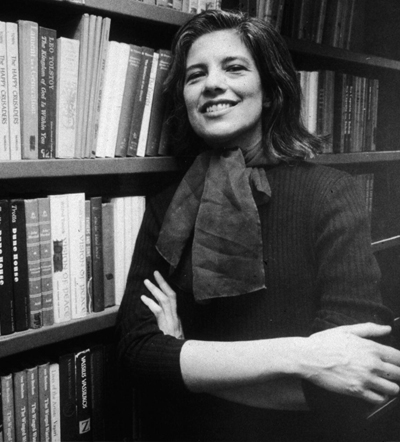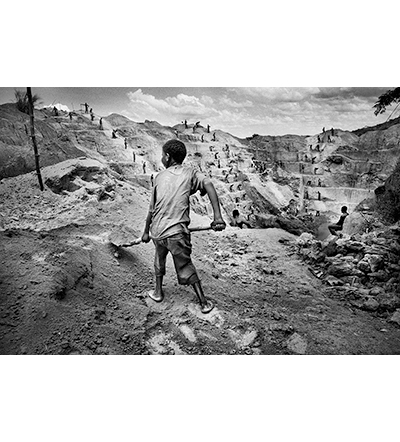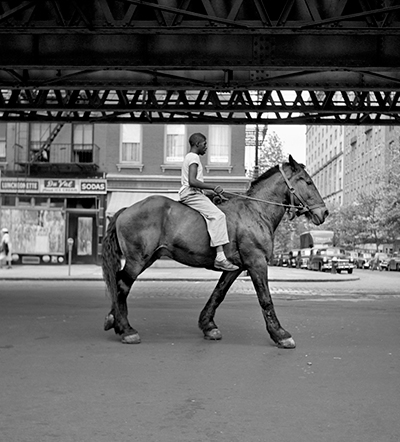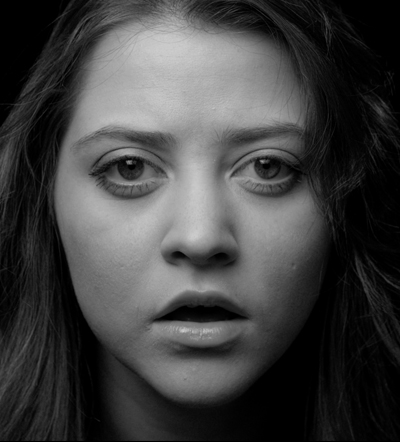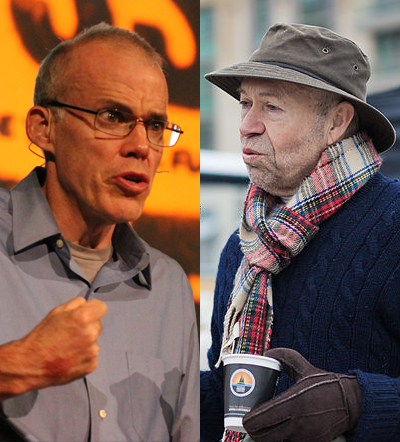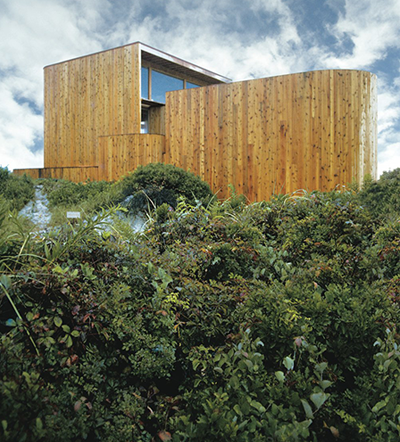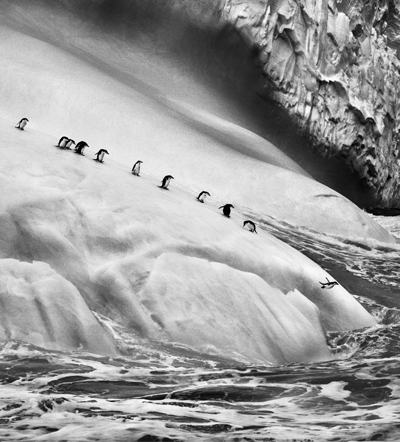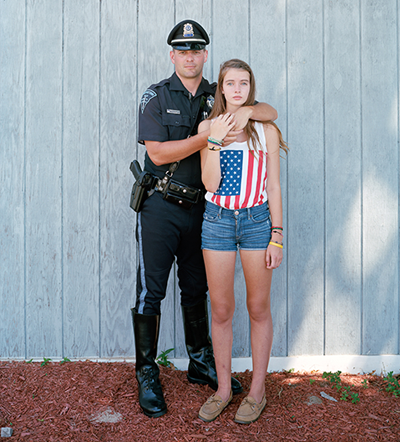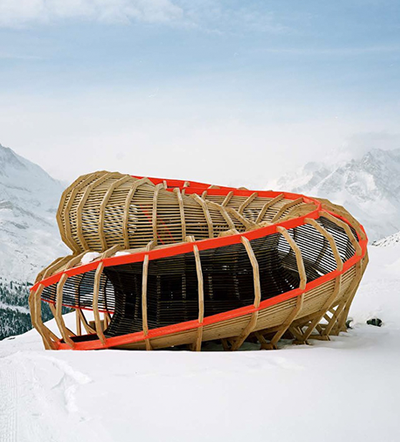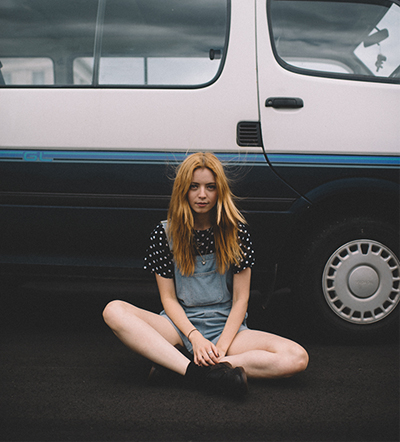
Evan Tetreault
Evan Tetreault uses film photography to create his own visual diary, a photographic record of personal memories. This collection documents recent travels through New Zealand and the North East Coast of America, far from his newly adopted Los Angeles home. The mix of portrait and landscape images creates a unique world of intimate moments that invites us to view and appreciate life’s subtleties, but it is a world we can never fully penetrate. The landscapes are wide and dreamlike, portraits are tightly cropped and the surroundings are askew; often, turned heads avoid the audience’s gaze and allow us to look longer and create our own narratives.
Evan has discussed the importance of film photography, and its value as a medium that encourages the artist to make a photo rather than simply take a photo. This approach to the medium also invites the audience to stop and take note of a moment and an image, instead of skipping so quickly onto the next.




 Facebook
Facebook Permalink
Permalink Digg
Digg Reddit
Reddit LinkedIn
LinkedIn StumbleUpon
StumbleUpon Tumblr
Tumblr
